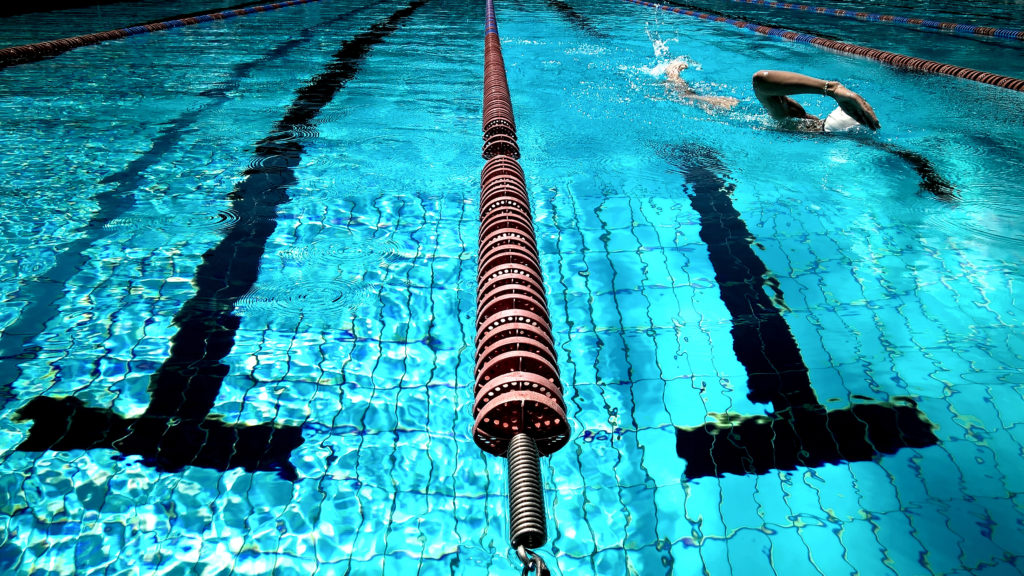I recently read an article that was shared with the NCAA former student-athlete group on LinkedIn and it has since sparked some decent conversation on the topic. The original Washington Post article covers the challenges athletes may face trying to exercise again after their athletic careers have ended.
This rings true for me, as I’m sure it does with many other former student-athletes. It took me about 5 years post-college to really start exercising again. Until recently (almost 10 years later), I really couldn’t put my finger on why I was so damn unmotivated to exercise. And not even exercise, but challenge myself in any area of my life. I found that this quote in the article articulates the challenge perfectly:
“For most former athletes,” says Tim Conley, who played offensive line at Oklahoma and Sacramento State before a career in professional football, “the sole motivation to exercise is their sport. Once that is done, the motivation ends. It becomes, ‘What am I training for?’ ”
It took me sessions of personal coaching to realize that in almost every area of my life, I had completely stopped setting goals for myself. Yet, I had been operating and thriving with goals for most of my life up to the point of ‘retiring’ from swimming.
The motivation wasn’t exactly ending with exercising and staying fit, but with focusing my energy and work towards something purposeful. This meant there was just a heck of a lot of “exploring” and “doing” just to feel like I was busy and putting an effort towards staying healthy, however none of it was focused (or, I would also argue, effective).
With only 40% of former college athletes meeting “healthy guidelines” for exercise, I think it’s safe to say this is an issue that needs to be addressed more directly with this group of individuals. How can we better transition athletes out of their competitive sports and into a healthy lifestyle? I use the word transition because I think that’s exactly what is lacking for many athletes. There is almost no transition period from playing a sport into something else or a different type of fitness. One day you’re a competing elite athlete, the next day, you aren’t. At that point, it’s on you to figure out what to do next.
We need to provide a more structured transition period for fitness to become a priority for former athletes. I think it starts with a plan and support, but it should be a more gradual transition to “flying on your own” than what currently seems to be in place. It could look something like this:
- Education and resources – Prior to and as the transition occurs – make everyone aware of the potential challenges and risks!
- Guidance and personal coaching – Customize the approach based on the needs of the individual and meet them where they are at. This is also the point at which we may need to acknowledge athlete “burnout” and that the athlete may not want to exercise AT ALL anymore.
- Exploration and assessments – How do we learn what we are interested in? We try and do. In addition, take an assessment of current health and fitness to help create a plan for moving forward.
- Check-ins and accountability – This is the most important piece. As stated earlier, when you are used to having support and direction, it’s going to continue to be necessary for a while for growth and traction.
This is a more comprehensive approach designed with the goal of gradually adjusting to a new phase and focus for a healthy lifestyle. By doing this, hopefully we can close the gap on that 40% to include more individuals and have a more thorough fitness practice in place for the transition period.



